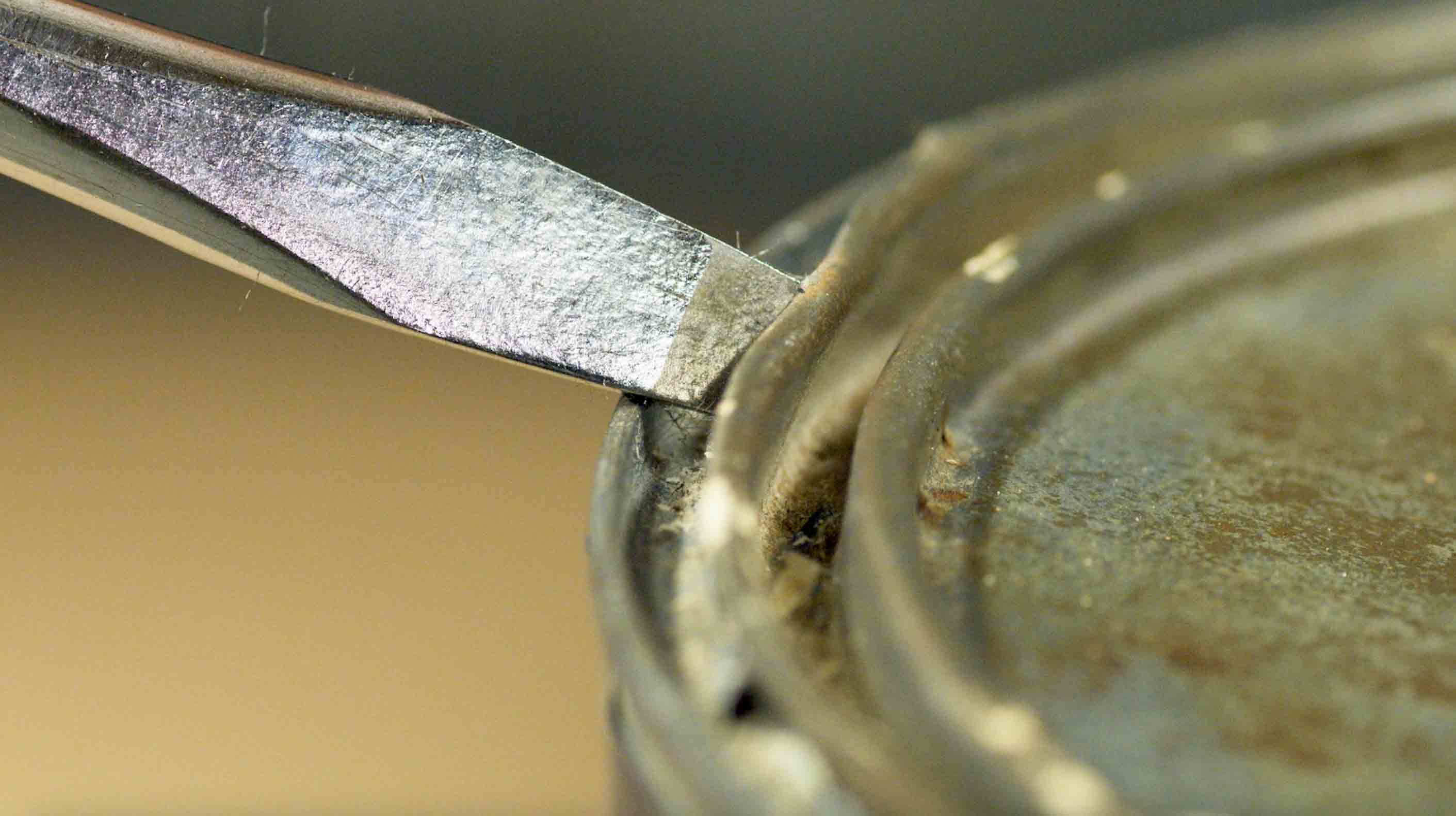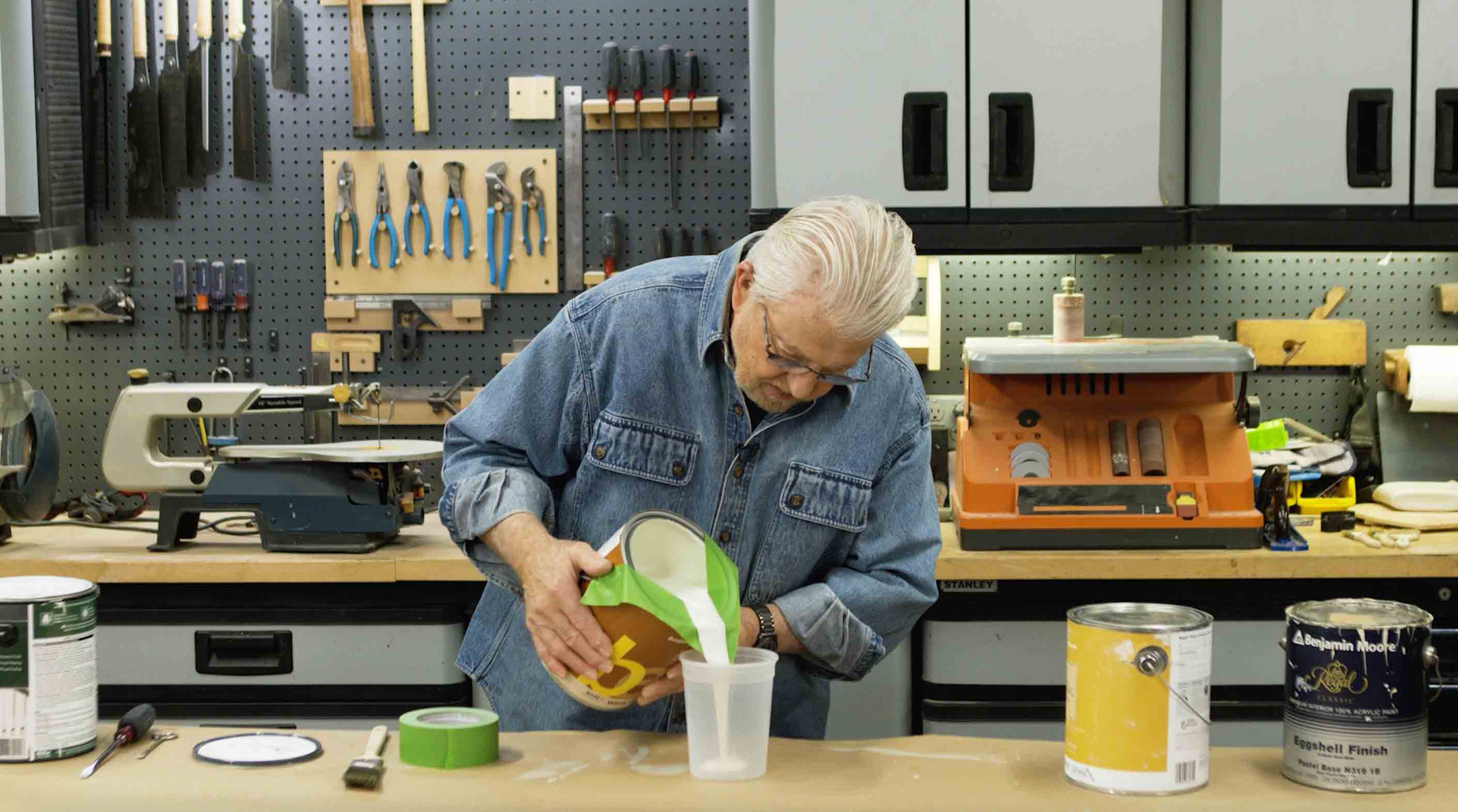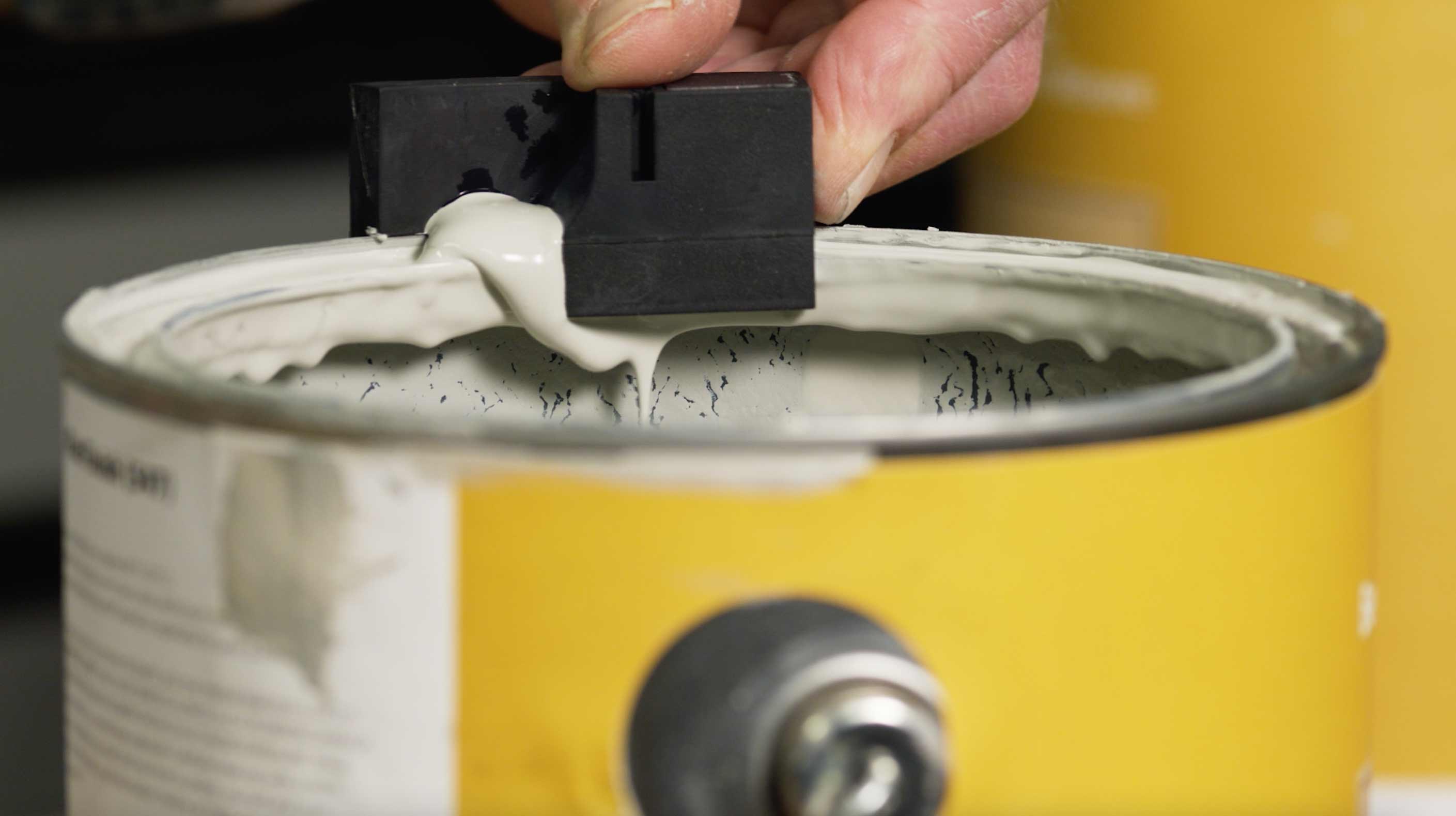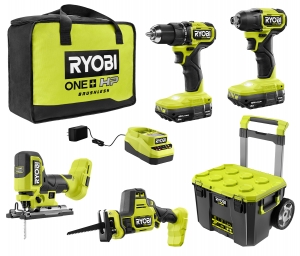How To Store Leftover Paint So It Can Last Until You Need It
What You Need To Know About Storing Leftover Paint
Did you know that even the way that you open a paint can affect the lifespan of leftover paint? Preventing air from entering the paint can is the key to storing leftover paint properly. There are several ways to keep this from happening.
 Almost all my painting projects have resulted in leftover paint. It’s useful to have for touch-ups or repair jobs in the future. The way you store leftover paint could make the difference between usable or dried-out material. In this video and blog, I’ll show you how to keep leftover paint in good shape until you need it.
Almost all my painting projects have resulted in leftover paint. It’s useful to have for touch-ups or repair jobs in the future. The way you store leftover paint could make the difference between usable or dried-out material. In this video and blog, I’ll show you how to keep leftover paint in good shape until you need it.
GETTING THE RIGHT TOOL FOR THE JOB
As with every home DIY project, you’ll want to use the right tools to get the best result. Hands down, the best tool for opening a paint can is a specially designed “paint can opener”. This tool has a hook on the end that slips under the lip on the lid and gently pries the lid off. It prevents the rim of the lid from bending and twisting. A damaged or distorted lid can prevent the container from sealing properly, letting in air and causing the paint to dry out.
HOW YOU POUR YOUR PAINT MATTERS
The way you pour paint out of the can could determine whether or not the lid seals tightly. Paint that has dripped into the lip and dried can keep the lid from sealing air out.
The best practice is to prevent paint from entering the lip in the first place. You can do this by using a pouring spout. You can find pouring spouts at nearly any home improvement center or hardware store. Or you can make your own spout.
You can create your own pouring spout using masking tape. In the video, I demonstrate how to do this with inch and a half wide green masking tape which has a more aggressive adhesive than blue tape and forms a better seal.
THE ADVANTAGE OF SMALLER CONTAINERS
I recommend that you transfer leftover paint to a smaller container if, upon completing your project, the can is half full or less. As I mentioned earlier, air is the enemy of leftover paint and a smaller container means there’s less air inside. Minimizing the air inside the can and ensuring that the top is well sealed will keep leftover paint fresh, giving it a longer shelf life.
A PAINT-FREE RIM MAKES IT EASY TO SEAL
If paint gets into the paint can rim, you’ll want to remove it before replacing the lid. You can do this using a cloth or paper towel wrapped around the end of a screwdriver to soak up and wipe off the paint that has collected in the rim. Another option is to use a paint squeegee tool made just for this purpose. It’s designed to draw out any accumulated paint in the rim and allow it to flow back into the can.
A few things to keep in mind:
- If you’re using water-based paint, make sure the can you are using has a water-proof coating.
- For storing smaller amounts of touch-up paint, I like to use wide-mouth, plastic jars. I prefer plastic over glass because plastic is much less likely to break.Before you put the lid on, drop in a half-dozen or so ball bearings – you can also use marbles. When it’s time to use the paint and before you remove the lid, give the jar a good shake to mix the contents.
- Label your leftover paint containers indicating in which rooms they were used and whether the paint was applied to walls or ceilings. Most custom-mixed paints these days come with small labels that display the paint color number. Making sure these labels remain on the can and are legible, will help ensure you get the same color when you buy more paint.
Next time you have a painting project, you’ll know how to keep leftover paint in good shape for years down the line. For more tips involving painting, check out my blog about how to paint window frames neatly.
Recommended Articles

The How’s and Why’s of Upgrading a Central AC System
A step-by-step video demonstration showing removal and replacement of a central air conditioning system. Includes advantages of new, state-of the-art AC systems.

If You’ve Got a Project That Involves Demolition, You’ll Want to Know About This Tool.
I try out a new tool designed and engineered to do one task exceptionally well -- demolition.
